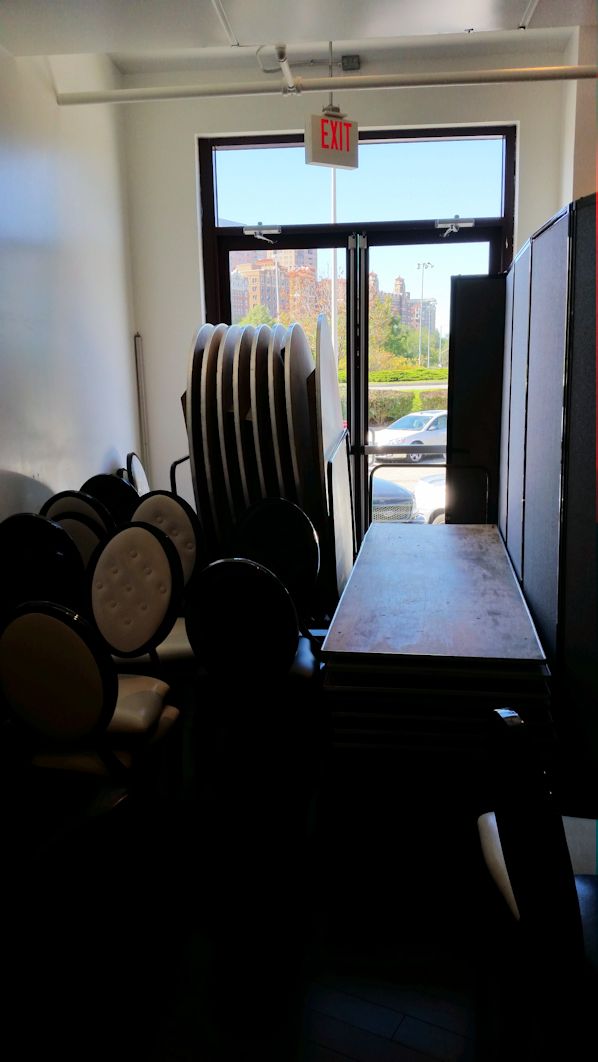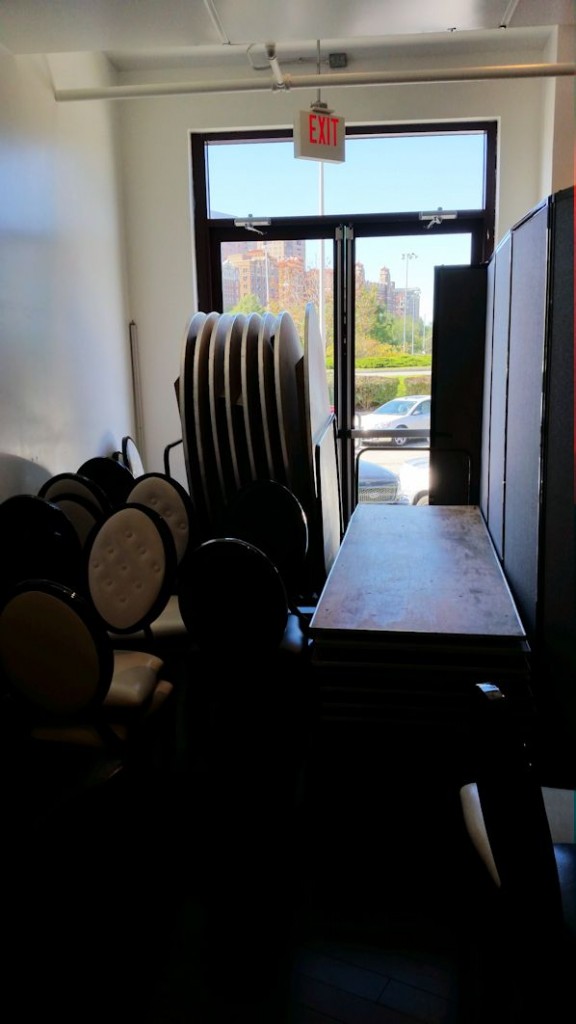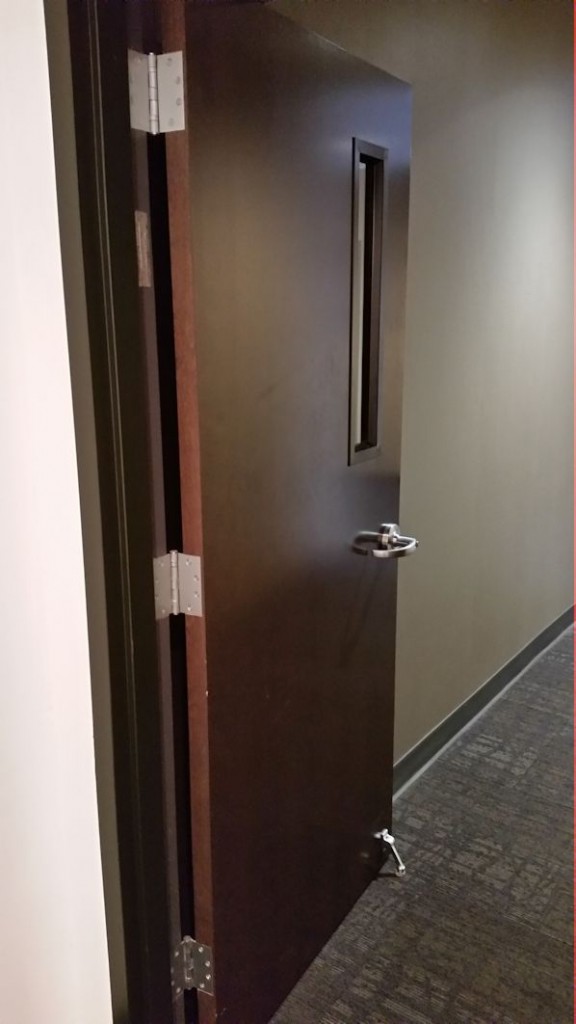Jerry Rice of DH Pace sent me today’s Wordless Wednesday photo. This behavior isn’t going to change until someone gets in trouble.
He also sent this one…there’s a label on the frame indicating that it’s a fire rated frame, but no label on the door and a there’s a kick-down stop. I know there are some companies that supply labeled frames even when they’re not required, but I think it is confusing to inspectors. What do you think?
You need to login or register to bookmark/favorite this content.








Yeah I agree on both
1st pic: it really takes for someone to get hurt or owners to get fined before remedies are implemented. When a dumpster, yard sale, donations or proper storage would fix the issue and cost less. I have found that most people are reactive and it takes training or learning the hard way to be proactive.
2nd pic: this is one of the most common deficeincies that I see. It’s not illegal to have a labeled frame in a non fire rated wall but it causes confusion. Also it’s not the inspectors job to find out wich walls are/aren’t fire rated. So, though it can be useful for the owner to keep it incase of future renovations it can save time and money to just remove the label. (If fire rating is not required of coarse)
Picture #1 is sadly overlooked by those that are uniformed and when you do inform them they shake their heads and shrug their shoulders.
Picture #2 raises questions:
As a Fire door safety inspector, if you believe their should be a fire door in a certain location; do you include that in your reporting?
Where can we find guidelines to address whether an opening should be fire rated?
Hi Dave –
That’s the $64,000 question. It can be difficult to determine whether a fire door assembly was required in a particular location – especially in older buildings. Because the codes have changed over the years, it’s tough to establish any sort of guidelines, but you can get a feel for it when you look at the building. Stair doors are usually rated, corridor doors – it depends on when the building was built and the occupancy type, and then there are certain types of rooms that are usually rated.
Most frames come either with an embossed label (impossible to remove) or a mylar label when ordered for inventory or on stock programs from the manufacturers.
Lori, how is a mylar label or embossed stamp on a frame any different than the UL stamp on hardware.
Almost every continuous hinge is stamped/engraved/embossed. Lock latches are engraved. If a closer is on the door, it has a UL sticker on it, etc. True, these are not quite as big as a frame label.
As you well know, all components of an opening must be fire rated for the whole opening to be rated.
If there is not a label on the door, then the opening is not fire rated.
Where is the confusion there?
When a building is being inspected, someone in that inspection party should have knowledge of where the rated walls are. If not, rated openings can be missed.
That’s a good point…most hardware does have some indication of a UL listing on it. But I have seen hospitals that had trouble with inspectors (not fire door inspectors) who noted a labeled door or frame without the required hardware.
I guess I am late to this thread but here goes.
Daniel brings up an interesting point with fire rated walls. I have seen no end of rated doors which are subject to inspection. Meanwhile, I can look around and see holes drilled thru the wall for electrical wires or plumbing pipes lacking fire caulking. In my experience, low voltage control is the most common culprit. They are not ‘electricians’ by licensing here and seem to punch holes in walls where they need.
Who inspects rated walls?
Psst to Lori … your spam filter questions should be ABOVE the submit button. I almost missed it.